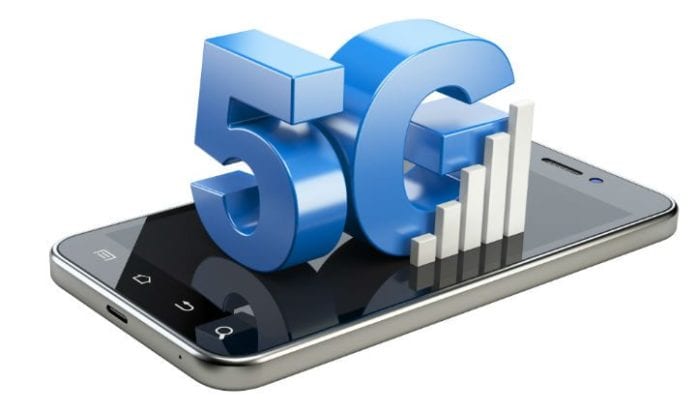Verizon’s recent release of 5G standards and protocols highlights the carrier push for next-generation network technologies.
There’s a lot of hype around the next “G” generation. In July, Verizon Communications announced a key milestone in the journey to “5G” – a new set of standards and protocols. It tells the company’s partners – everyone from smartphone makers to the contractors that maintain its network – exactly what they’ll have to do to build, maintain and offer devices that play well with Verizon Wireless’ 5G network.
While there are a few conflicting reports about the timeline of 5G becoming a reality (despite the Federal Communications Commission’s push this summer) on the devices we carry around every day, the announcement feels like the first of many on our trek to the new 5G future in North America. Not only that, but according to an estimate by Chetan Sharma Consulting, spending on 5G equipment will reach $400 billion globally. But for what?
Changing CX across industries and technology
The 5G future is more than just a set of standards for a faster version of the internet. It offers the potential to accelerate the adoption of some of the hottest technological trends including connected cars, smart homes, artificial intelligence and robotics, in industries spanning from health care, to finance, to manufacturing and beyond. For example, the ability to transfer information instantaneously is critical and even life changing when it comes to something like self-driving cars. Traffic detected ahead? The car will process this information from Google Maps and reroute accordingly. So really the 5G network has the power to completely change the customer experience forever. In fact, 5G has the potential to change our daily lives.
Users expect on-demand access to data and applications from anywhere they are on a network (both wireless and wired) and that demand is on the rise. Whether you’re collaborating on a document on your phone or streaming a YouTube video, faster network connections coupled with more powerful devices allow companies to meet these demands while optimizing the customer experience and improving worker productivity and collaboration. And that’s where 5G comes into play.
From content to connections
For mobile carriers and industry veterans, it used to be about how much data can be stored and pushed through a given system. Now, there’s a shift in transforming connections through this fifth-generation network with the promise to address responsiveness and latency issues the industry has tried to solve for years. And while that’s been a major issue facing carriers, rather than focusing solely on corrected buffering issues and accelerated streaming, there’s a broader, more holistic approach to improving the customer experience with the advent of 5G.
That’s not to say that storage won’t still be an issue that carriers need to address. Recent analysis of data from more than 30 million Synchronoss customers revealed over a 10-month period between April 2015 and January 2016, the average amount of user content created and stored per subscriber increased by a staggering 55%. With the advancement in 5G, look for video traffic and storage to skyrocket.
Carrier competition
5G will undoubtedly changed the competitive landscape and carriers will need to be more cognizant of the mobile content explosion and the impact it will have on subscribers in order to maintain customer loyalty. Carriers will be expected to support smartphone sales by providing a secure way to move and manage large amount of subscriber data, which will greatly improve the user experience across carrier channels. (My guess is Verizon is well aware that the mobile content explosion is just beginning, considering its acquisitions of AOL and most recently Yahoo).
The goal is to be better than broadband internet by making wireless data transmission faster and more effective and to create a data infrastructure that will support everything the “internet of things” has to offer – from refrigerators that inform you when you’re running low on a product to a farmer getting a notification on his cellphone that a tractor in one of his fields needs repair.
So where do mobile carriers come into play? All are vying to build the nuts and bolts of the new networks and their ability to rein in contracts could determine whether some of these companies even survive. Verizon’s announcement is likely the first of many from carriers that want to edge ahead of the competition and become the pioneers to this new network.
Billions of dollars are being allocated to the advancement of 5G networks – and that number will only increase. With its promise to greatly improve the customer experience it’s no wonder carriers like Verizon have stepped ahead of the pack to identify themselves as a leader in the 5G future. However, we’ve just scratched the surface when it comes to the possibilities with 5G, and while we’re not entirely sure of the implications this next-gen network will have, it’s a truly exciting time to be a part of the evolution.
Editor’s Note: In an attempt to broaden our interaction with our readers we have created this Reader Forum for those with something meaningful to say to the wireless industry. We want to keep this as open as possible, but we maintain some editorial control to keep it free of commercials or attacks. Please send along submissions for this section to our editors at: [email protected].

